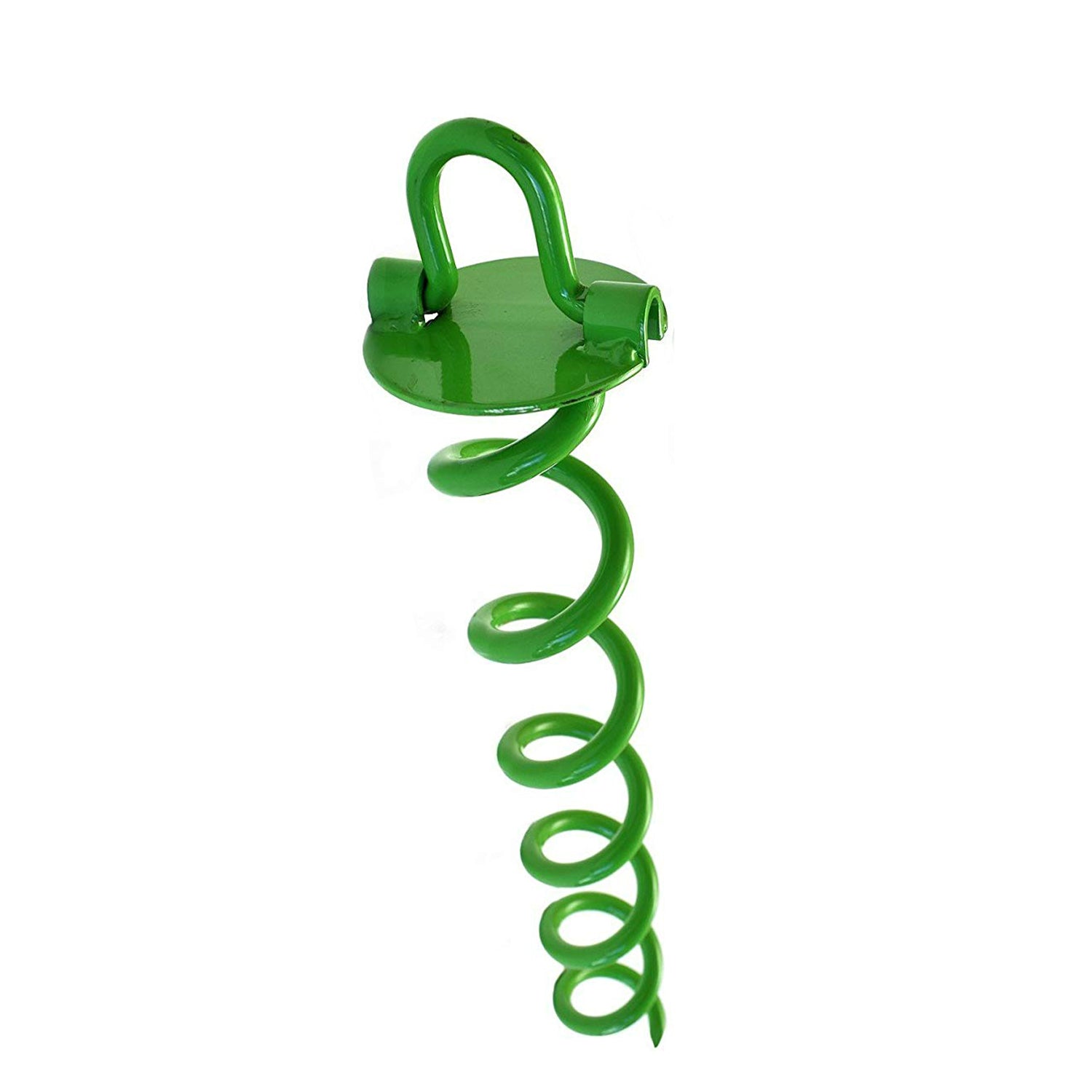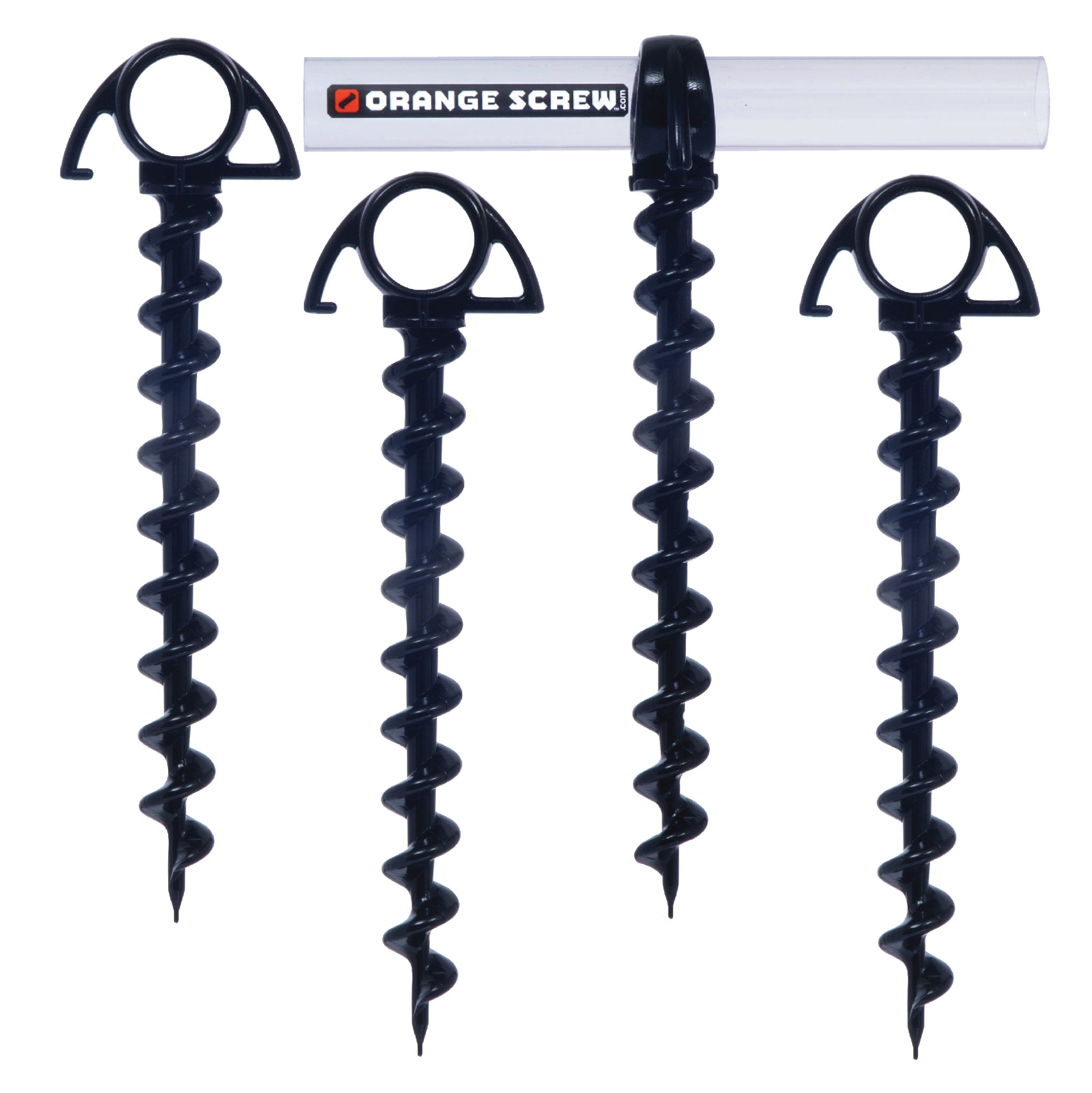Pro Tips on Correctly Maintaining a Ground Anchor for Reliable Performance
Pro Tips on Correctly Maintaining a Ground Anchor for Reliable Performance
Blog Article
Explore the Different Kinds Of Ground Support for Your Following Project
When beginning on a building and construction or landscaping task, comprehending the various sorts of ground supports offered is crucial to making sure both security and toughness (Ground Anchor). From auger supports, which master varied dirt conditions, to stake anchors designed for short-lived installments, the alternatives are many. Furthermore, concrete and screw anchors existing special advantages in particular circumstances, while deadman supports are tailored for applications needing resistance to side pressures. The option of a proper anchor kind can considerably influence the general success of your job, triggering more expedition right into their corresponding advantages and applications.

Auger Anchors
Auger supports are a prominent choice in various building and construction and landscaping jobs because of their one-of-a-kind layout and efficient securing capacities. These supports contain a helical screw-like shaft that is driven into the ground, enabling for a safe and secure and stable hold. The spiral style promotes easy setup and takes full advantage of resistance versus side pressures, making auger anchors particularly effective in applications such as fence, momentary structures, and erosion control.
The installment procedure of auger supports is relatively straightforward. They can be by hand or mechanically mounted, depending on the size and needed depth. This flexibility permits their use in varied soil conditions, from sandy to clayey terrains. Auger anchors can be quickly eliminated and reused, which adds to their cost-effectiveness and sustainability.
Among the considerable advantages of auger supports is their capability to distribute lots uniformly throughout the surrounding soil, decreasing the threat of soil disruption and lessening ecological influence. Additionally, they are much less susceptible to heaving or loosening gradually contrasted to traditional anchoring approaches. As a result, auger supports are an exceptional choice for tasks needing trusted and durable anchoring options.

Risk Anchors
When it comes to protecting structures in a variety of outside applications, stake anchors use a reputable and simple option. These supports are commonly built from long lasting materials such as steel or light weight aluminum, developed to stand up to environmental tensions while providing optimum security. Their easy layout permits quick installation, making them an ideal choice for irreversible or short-lived anchoring requirements.
Risk supports are specifically helpful in safeguarding camping tents, canopies, and various other light-weight frameworks versus wind and climate. They work by being driven into the ground at an angle, creating a solid hold that resists pull-out forces - Ground Anchor. The efficiency of risk anchors depends upon numerous elements, including dirt kind, moisture web content, and the angle of installment
For added safety, several risk supports feature accessory points for bands or ropes, permitting for tension modifications as needed. In applications such as landscaping or building, they can successfully maintain tools or structures on irregular surface. On the whole, stake anchors supply a economical and flexible option for securing various outdoor setups, making them a recommended selection for professionals and DIY lovers alike.
Concrete Anchors
Concrete anchors provide a durable remedy for protecting structures to concrete surfaces, making certain security and security in various applications. These anchors are important Learn More Here for tasks ranging from property constructions to massive commercial installments. They can be found in various types, including expansion supports, sticky supports, and undercut supports, each created for specific tons requirements and ecological conditions.
When mounted,Growth supports depend on mechanical systems to grasp the concrete. They are optimal for medium to sturdy applications. Adhesive supports make use of high-strength epoxy or resin browse around this web-site to bond the anchor to the concrete, providing exceptional load-bearing abilities, particularly in broken concrete circumstances. Undercut anchors develop an unique shape within the concrete, supplying remarkable holding power, specifically in applications where tensile loads are widespread.
Picking the ideal concrete support involves considering elements such as the weight of the lots, the condition of the concrete, and ecological problems. Correct installment methods are vital to make certain ideal performance and integrity. When executed properly, concrete supports dramatically boost the structural honesty of numerous projects, making them important in modern building techniques. Comprehending the particular demands of your project will aid in selecting the ideal sort of concrete anchor for the job.
Screw Anchors

Screw anchors are a versatile attaching solution that can be properly used in a variety of applications where conventional concrete anchors might not suffice. These supports include a helical design that permits them to be quickly driven into the ground, making them optimal for use in dirt and various other substrates. Their unique structure gives excellent holding power and resistance to pull-out forces, making them ideal for various tasks, from landscaping to architectural support.
Among the primary benefits of screw anchors is their convenience of setup. They require very little equipment and can usually be installed without the demand for excavation, which saves both time and labor prices. Furthermore, screw supports can be gotten rid of and reused, providing a lasting service for momentary applications.
Screw supports are especially useful in locations where dirt conditions are challenging, such as loosened or sandy dirts. Their ability to be set up at differing midsts enables customization based on specific project demands. On the whole, screw supports provide a reliable and dependable anchoring technique, making them a superb option for designers and specialists looking for reliable options for their jobs.
Deadman Anchors
Deadman supports act as a durable solution for supporting structures in difficult conditions, especially where traditional anchoring methods may fall brief. These supports include big, hefty objects buried underground, which create resistance versus side forces. The layout usually involves a horizontal element, such as a block More Bonuses of concrete or a steel plate, buried in the dirt, to which straps or cords are attached.
The performance of deadman anchors exists in their ability to distribute loads over a bigger area, reducing the risk of failing in unpredictable soil problems. They are particularly valuable in applications such as maintaining wall surfaces, short-term frameworks, and slope stablizing, where dirt activity can jeopardize the stability of the structure.
Setup of deadman anchors needs cautious planning to ensure they are put at the correct depth and orientation, optimizing their load-bearing ability. While they may call for even more labor and product than lightweight supports, their dependability in adverse problems makes them vital for long-term projects. Additionally, deadman anchors are versatile and can be adjusted to numerous applications, making them a go-to selection for engineers dealing with one-of-a-kind obstacles in their tasks.
Final Thought
Auger supports succeed in diverse dirt problems, while risk anchors match short-term applications. For concrete surface areas, development and sticky anchors provide trusted options, and screw supports offer adaptability in difficult surfaces.
In addition, concrete and screw supports present unique advantages in particular situations, while deadman supports are tailored for applications requiring resistance to lateral forces - Ground Anchor.Auger anchors are a prominent selection in numerous building and construction and landscape design tasks due to their special layout and reliable securing capacities. They come in various types, consisting of growth supports, adhesive supports, and undercut anchors, each designed for certain lots demands and environmental conditions
Adhesive supports use high-strength epoxy or material to bond the anchor to the concrete, using superior load-bearing abilities, especially in cracked concrete circumstances. Overall, screw anchors provide a reputable and efficient anchoring approach, making them an exceptional selection for designers and specialists looking for effective remedies for their jobs.
Report this page